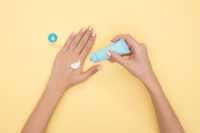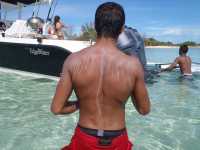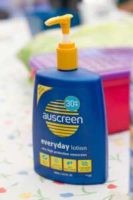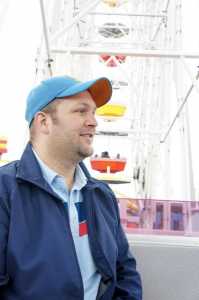MedicalResearch.com Interview with:
Judith T. Zelikoff, PhD, Professor
Department of Environmental Medicine
NYU Langone Medical Center.
MedicalResearch.com: Would you tell us a little about yourself?
Response: I am a tenured full professor in the Department of Environmental Medicine at the NYU School of Medicine with >25 years of experience studying the toxicology of inhaled single contaminants and complex mixtures including metals, nanoparticles, gaseous and particulate (PM) air pollutants, e-cigarettes and combustible products from cigarettes, biomass burning, and diesel exhaust. Over the last decade, studies in my laboratory has focused on the effects of maternal inhalation of environmental toxicants, including fine-sized ambient particulate matter during pregnancy (and/or during neonatal development) on fetal cardiovascular structure, obstetric consequences, and later life disorders including obesity, immune dysfunction, and decreased sociability and reproductive success in adult male and female offspring. Other early life studies associated with inhaled nicotine/tobacco products have demonstrated that maternal and neonatal exposure of mice to aerosols from e-cigarettes (with and without nicotine) alters neurodevelopment and produces hyperactivity in adult male offspring.
Our studies with smokeless tobacco products demonstrate dyslipidemia and non-alcoholic steatohepatitis in prenatally exposed adult offspring. One of my major scientific accomplishments are my early life inhalation exposure studies demonstrating, for the first time in some cases, that prenatal/neonatal exposure to environmental agents can produce effects persistent into adulthood that can increase susceptibility to a variety of disorders, including cardiovascular disease. In addition, I serve as the Community Outreach and Engagement Core (COEC)Director for our NYU NIEHS Core Center. In this regard, our COEC team partners with environmentally-impacted communities in the NY/NJ area to assess community concerns associated with environmental pollution and provide educational information that can help build community infrastructure. I am also extremely active as a leader in the Society of Toxicology having served as Secretary of the Society for 3 years and President of the Metals and Immunotoxicology SOT Specialty Sections where i received an Immunotoxicology Lifetime Achievement Award.
I currently serve as Chairperson of the SOT Committee for Diversity Initiatives and President of the Ethical, Legal and Social Specialty Section. I am currently a full member of a National Institute of Health Study and have also served on several other Federal/State Advisory Panels including the Institute of Medicine and National Research Council, EPA, NASA, NTP, and NJ Department of Environmental Protection. In addition to serving as an Associate Editor and Editorial Board member for numerous toxicology/environmental health journals, I currently serve as vice-President for the NYU School of Medicine Faculty Council.
(more…)
 I can’t stress this enough - sunscreen is a must! Here’s why:
I can’t stress this enough - sunscreen is a must! Here’s why:
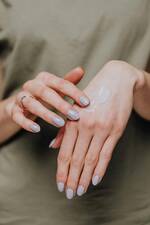 I can’t stress this enough - sunscreen is a must! Here’s why:
I can’t stress this enough - sunscreen is a must! Here’s why:


